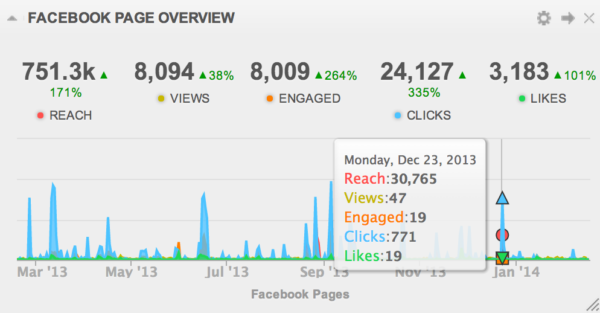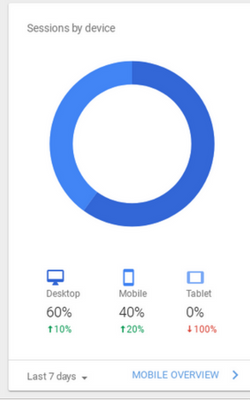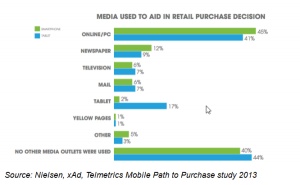— August 9, 2017
Eat your veggies, brush your teeth, and analyze your business’s data.
You know you should be following your business metrics closely. But somehow this seems to slip through the cracks. Let’s face it, running a business is extremely challenging. You have a million other things on your to-do list. And there are so many metrics that you may be overwhelmed at the prospect of learning one more thing…

Photo by Nik MacMillan on Unsplash
Yet, metrics are not something you can overlook, especially when it comes to technology that impacts your business. You don’t want to lose money or customers because you don’t have time. When it comes to metrics you have to make time. But it doesn’t have to be challenging or stressful. Just start with a few basic metrics and build from there.
Engagement, Not Followers
A prominent business man explained to me how many fans his business had on Facebook. Of course, I had to check out how awesome his page was. I expected a thriving community, but what I found was actually a digital ghost town. No one was reading his stuff!
In The 5 Social Media Metrics That Matter, Prakash Ghai explains:
“Not to be crass, but on social media … what matters isn’t just the size of your audience, it’s what you do with them.”
Stop looking at how many fans and followers you have and start looking at the engagement of your social media posts. Engagement means there are actual people reading and interacting with your content. Followers simply mean people spent less than a second to like your page. Try something like Cyfe’s Facebook Overview Widget that allows you to track measure engagement over time.

Open and Click Rates, Not Subscribers
Like social media metrics, the number of people on your email list isn’t what matters most. It’s how your list engages that’s most important. And open and click rates will give you an overall idea of what’s working with your email campaigns and what’s not.
Most marketers will choose a loyal email list of 100 over a generic list of 1000 anyday. These are the customers who smile when they see your email or wait patiently for your next newsletter. They are your core set of buyers and jump on new products or sales.
Stick to your core users and start tweaking your campaigns for better open and click rates. And don’t forget that email writing is a science and it’s not all logical. A study by MailChimp found that:
“When it comes to subject lines, boring works best. When you write your subject line, don’t sell what’s inside—tell what’s inside.”
Obviously, it would be best if you had enough time in the day to spend creating a killer marketing strategy. But since you have to choose where to start and what metrics to focus on, spend your limited time improving your email campaigns not just trying to build a massive list.
Mobile Users, Not Just Traffic
The way users interact with websites is changing. There may not be any bigger change in website traffic than the emergence of mobile sites as a huge portion of eCommerce. First, mCommerce is worth $ 3.2 trillion, but that’s not all. Users now spend more time browsing on their smartphone as 55% of all time spent on retail websites takes place on a mobile device.
Google Analytics shows exactly how people are interacting with your site depending on what device they are using:

Understanding how your mobile customers are using your site will help you make better choices, especially when it comes to how they buy your products. Although mCommerce is on the rise, 66% of consumers have failed to complete a transaction because of an issue with the checkout process.
You Can Always Do More, But Start Here
In a perfect world, you would have a team of analysts that knew exactly what data was the most important in your business. Sadly, we don’t live in a perfect world and you may not have the time or budget to follow every metric you should. Yet, that’s not a reason not to start looking at the ones that most impact your business.
This part of your business doesn’t have to be time consuming or overwhelming. Start small and add new metrics as your business grows.
Business & Finance Articles on Business 2 Community
(92)








